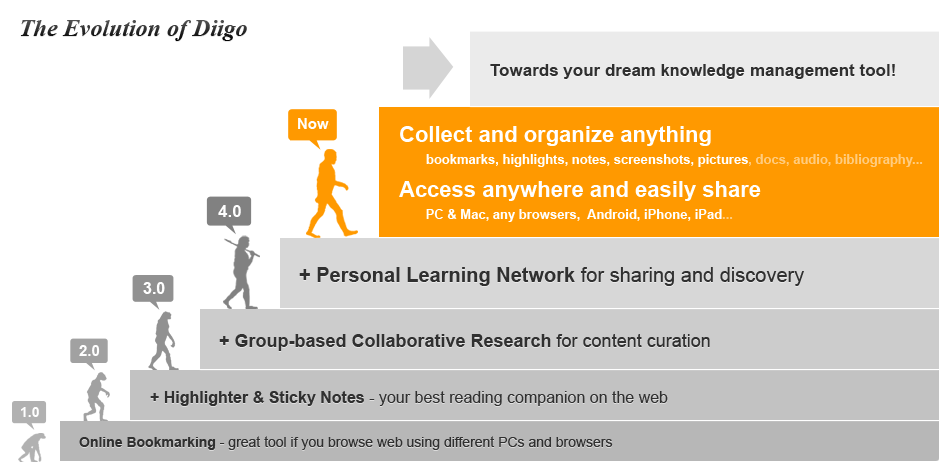As a reading interventionist, I have found it difficult to incorporate more technology, without veering away from the explicit instruction the students need to meet their learning goals. For me, blogging with students has answered the "how" in overcoming this challenge and has enhanced lessons, improved engagement and eased data tracking and feedback.
I am using kidblog with my students, which I prefer over edublogs, simply due to its simplistic navigation, but I would suggest exploring these or any other forums, to determine which is best for you and your students.
At first I decided to incorporate blogging into a fourth grade vocabulary group. For this group, I am utilizing a vocabulary program that is not engaging for students. Another goal for this group is to improve their written response capabilities. Below you can see some of the fourth graders engaged in a watching a YouTube video related to the content from the current unit in their vocabulary program.
I create posts related to their vocabulary words and units. The posts contain application questions about their words or supplement their understanding of the content with digital media. Students then create posts on their own blogs to respond to my questions, create reflections and provide feedback to one another.
One challenge with introducing blogging, that is a struggle in all of education, has been time. These students are not skilled at typing and therefore creating posts takes them longer than writing answers with pencil and paper. This is difficult when I only meet with students for 30 minutes each day. Aside from this, the overall blogging experience has been positive for me and for my students. I have observed students that do not usually talk much, find their "voice" and students that dislike writing are interested.
After seeing the changes in my fourth grade students, I decided to add blogging to both a second grade and a third grade reading group, as well. Currently, these groups have been synthesizing information from multiple resources and responding through their posts. I hope that I will soon be able to move away from this more "restrictive" blogging, and begin to allow students to post about their own interests and learning adventures. Below, a second grader is combining information from a printed article, online kid-news site and a video about fossils, to explain whether or not he would want to be a paleontologist.
I recommend blogging with your students in anyway you can. Now that my students have had a little practice with blogging, they are logging in from their homes and creating posts about books they are reading on their own time- writing summaries and simple reactions. Who would have thought that students would be completing extra work, on their own time, because they want to!
But don't just take my word for it, check out what these students are saying:














